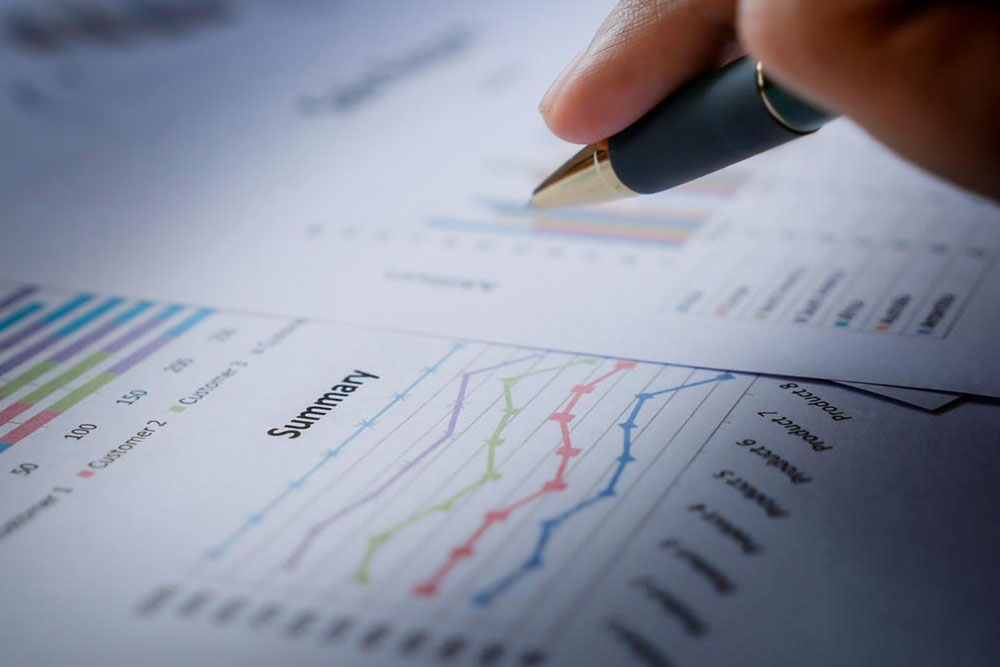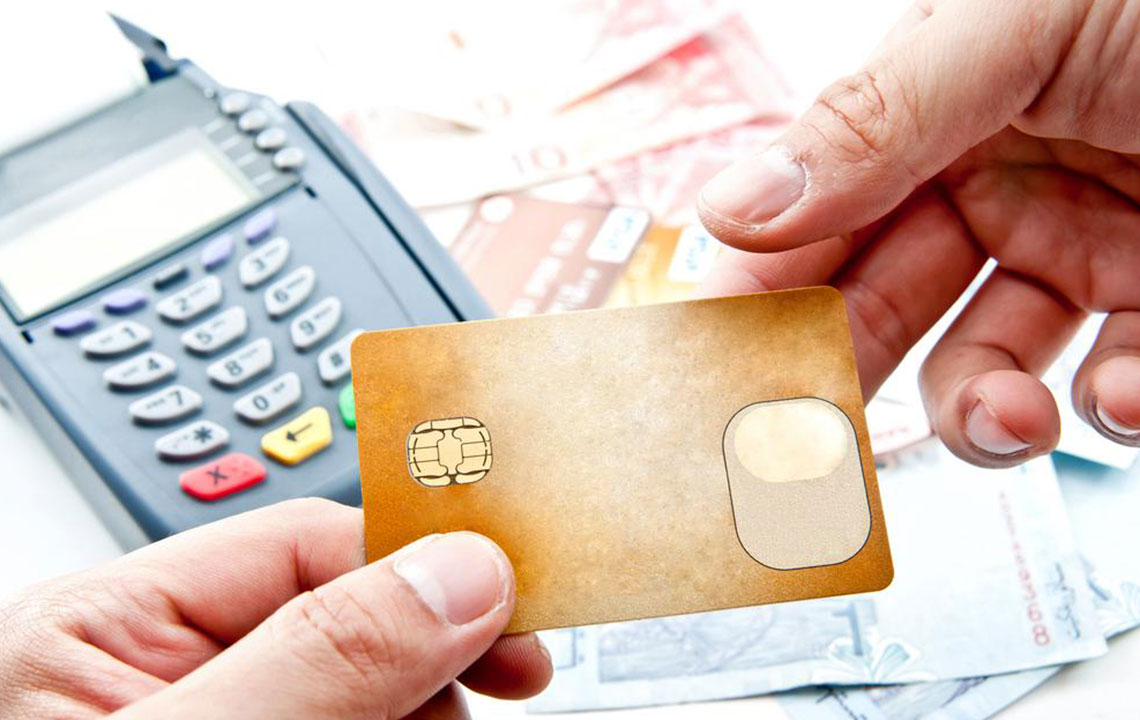Brazilian Credit Card Market: Growth, Trends, and Future Prospects
Brazil's credit card industry has evolved from luxury to essentials, fueling economic growth and digital transformation. With increasing adoption, diverse offerings, and expansion into rural areas, credit cards are reshaping financial behavior. Advancements in security and digital payments promise continued innovation, while challenges like high interest rates and financial inclusion remain. The future of Brazil’s credit card market is poised for growth driven by technology, making them central to the country’s economic development and e-commerce expansion.

Brazilian Credit Card Market: Growth, Trends, and Future Prospects
As South America's largest economy, Brazil's financial landscape continues to transform rapidly. Credit cards have become vital financial tools, expanding from exclusive use by the wealthy to widespread acceptance across urban and rural regions. This article explores how credit cards evolved in Brazil, current usage trends, and their influence on the national economy.
Historical Overview
First introduced in the 1950s, credit cards in Brazil initially catered to affluent consumers seeking convenient transaction methods. Over time, technological advances and growing middle-class demand led to broader adoption and increased competition among financial institutions. Major international brands like Visa and Mastercard entered the market, boosting credit card proliferation.
Today, credit cards are a staple in Brazil’s financial ecosystem, with millions of active users. According to the Central Bank, over 130 million cards were in circulation in 2022, with transaction volumes rising steadily.
Varieties of Credit Cards in Brazil
Basic Cards: Suitable for first-time users, offering limited credit and minimal fees.
Premium Cards (Gold and Platinum): Targeted at higher-income groups, offering benefits like travel insurance, increased credit limits, and reward programs.
Co-Branded Cards: Issued alongside retail, airline, or service brands, providing discounts and reward points within specific ecosystems.
Corporate Cards: Designed for businesses to manage expenses efficiently with higher limits and detailed reporting.
Factors Driving Usage
Installment Payments: Consumers often pay in interest-free installments, boosting purchase power.
Rewards and Loyalty: Many cards provide points redeemable for products, travel, or services.
Digital Integration: Contactless payments and online shopping have become commonplace, supported by NFC technology and fintech solutions.
Challenges Facing the Market
High Interest Rates: Borrowers who carry balances face elevated interest charges, fueling financial literacy programs.
Security Risks: Fraud remains a concern, mitigated through EMV chip technology and advanced security measures.
Financial Inclusion: Rural and underserved populations have limited access, prompting initiatives to improve access through fintech and government projects.
Economic Significance
Credit cards significantly impact Brazil's economy by facilitating faster transactions and boosting consumer spending, thereby supporting GDP growth. Their role in e-commerce is particularly vital, with Brazil being Latin America’s largest online shopping market.
Future Directions
Digital Payments: Mobile wallets and banking apps will enhance convenience and flexibility.
Security Enhancements: Biometric authentication and enhanced fraud detection will make transactions safer.
Financial Inclusion: Ongoing efforts aim to extend credit access to rural and low-income populations, promoting greater financial participation.
In conclusion, credit cards are deeply embedded in Brazil’s financial landscape, transforming transactions and financial management. Despite challenges, technological innovations and inclusion initiatives promise sustained growth, shaping Brazil’s economic future.










